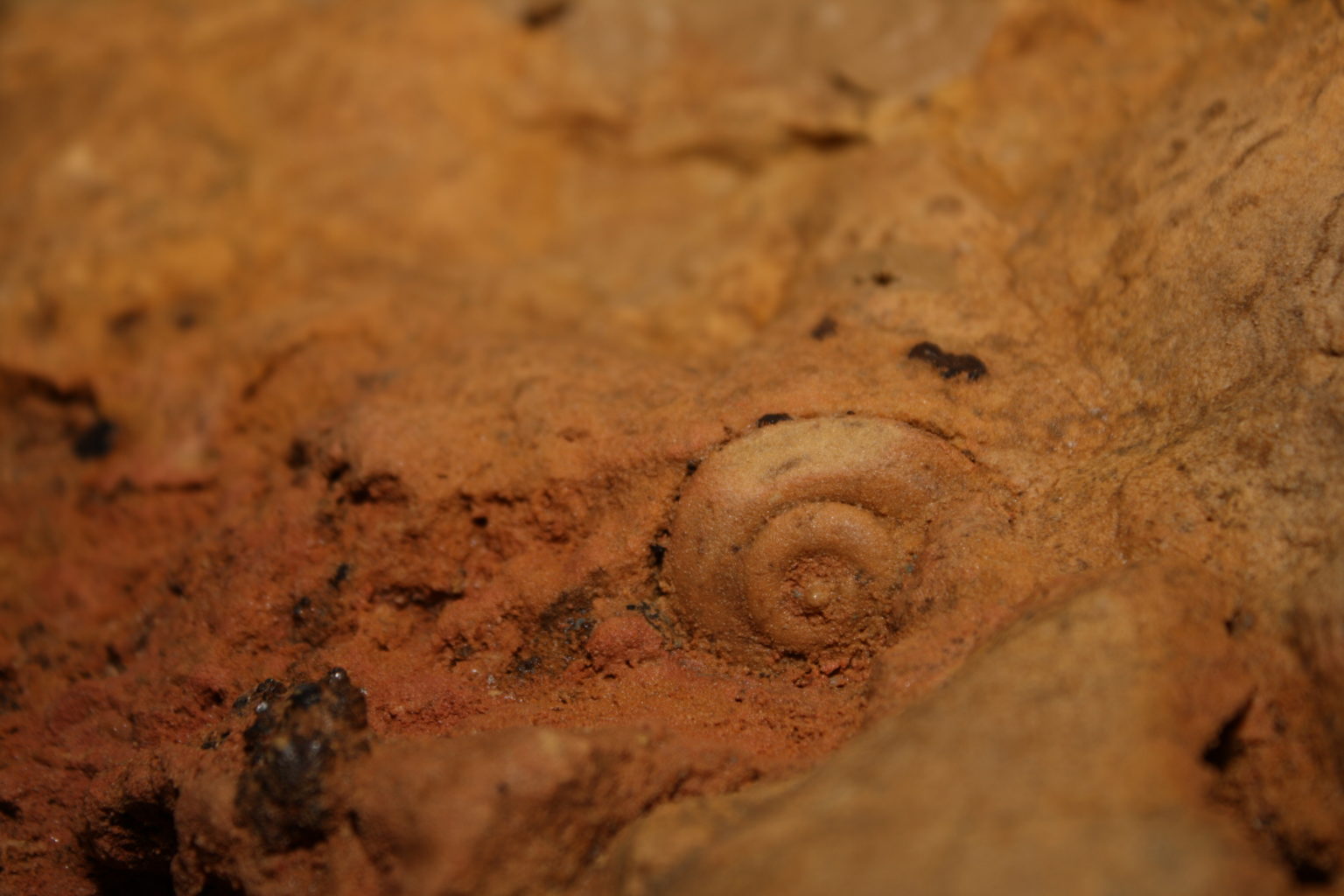Fossils are remains of life from the past preserved in rock. The most common types of fossils are molds and casts. This activity will give you the chance to make modern-day molds and casts.
A mold forms when something is pressed into soft mud and removed by decomposition or pulled out, leaving an impression of the object. A cast is a three-dimensional (3-D) example of an object of the past created when a mold fills up with sediments like mud, sand, or volcanic ash.

